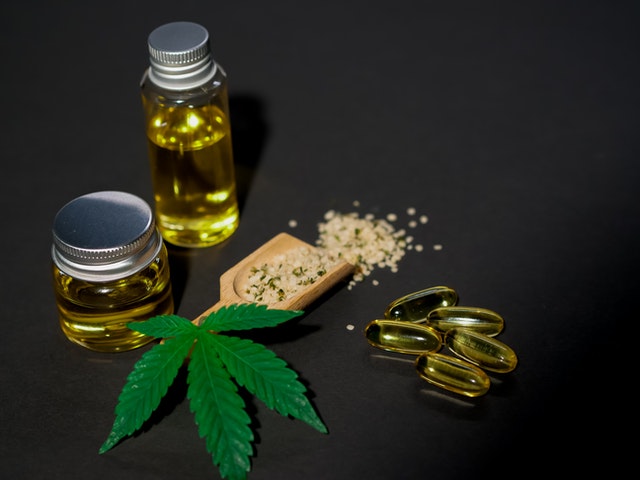Hemp has accompanied us since prehistoric times due to its industrial use and its nutritional and health-promoting properties. However, since the 70s of the last century, after the approval of strict regulations and the appearance of synthetic fibers, hemp was relegated to the background. In recent years, there has been a resurgence of industrial hemp cultivation in our country.
The plant arrived in Spain from China at the hand of the Arabs about 1,500 years ago. Since then, a great tradition of its cultivation has developed. For example, in the ships with which Christopher Columbus arrived in America, there were about 80 tons of hemp among ropes, sails, nets, etc. The town of Callosa de Segura, in the Valencian Community, is considered the capital of hemp.
It was the center of a powerful industry of yarns, ropes, and nets since the Middle Ages. The different world situations and the specialization of its inhabitants made Callosa de Segura a reference point for the work and industry of this fiber during the 20th century. Nowadays, the history of the population linked to this plant can be known in the Hemp Museum of the town.
Three raw materials are obtained from hemp: seeds, fiber, and pulp. The fibers are resistant, soft, insulating, and absorbent, and are used in the textile sector to make clothing, nets, ropes, etc.; the pulp is used to make cellulose and paper; and the seeds are used to make biofuels, lubricants, bioplastics, food, and cosmetics. For additional tips and information, you can visit Hemponix for more info.
A fast-growing annual plant native to the Himalayan mountain ranges in Asia. In 1937, the United States banned its use in favor of cotton and synthetic fibers, a veto that spread throughout the world. The United Nations introduced hemp into the list of narcotic substances of the 1961 Single Convention, still in force today.
After years of genetic selection during the 20th century, French scientists developed varieties with a very low THC content, and thanks to these contributions new regulations were introduced. The aforementioned varieties are destined for industrial and food use and are the ones we refer to when talking about industrial hemp.
Specific THC limit values for industrial hemp were first established in 1984 in the European Union to “protect public health”: a limit of 0.5% until 1987 and 0.3% after that year. Since then, the THC limit value of 0.3% for industrial hemp has been used internationally.
However, the EU reduced the limit to 0.2% in 1999, a move that did not go down well with the European Industrial Hemp Association (EIHA), which is calling for raising the limit back to 0.3% so that EU countries are not at a competitive disadvantage. “From a scientific point of view, there is no reason for a THC limit of 0.2%. In fact, 0.2% is as safe as 0.3%”, they detail on their website.
In Spain, the cultivation of industrial hemp has been regulated for 20 years by Royal Decree 1729/1999, of November 12, which authorizes 25 varieties of industrial hemp with a THC content below 0.2% and establishes the rules for granting aid to textile flax and hemp.




